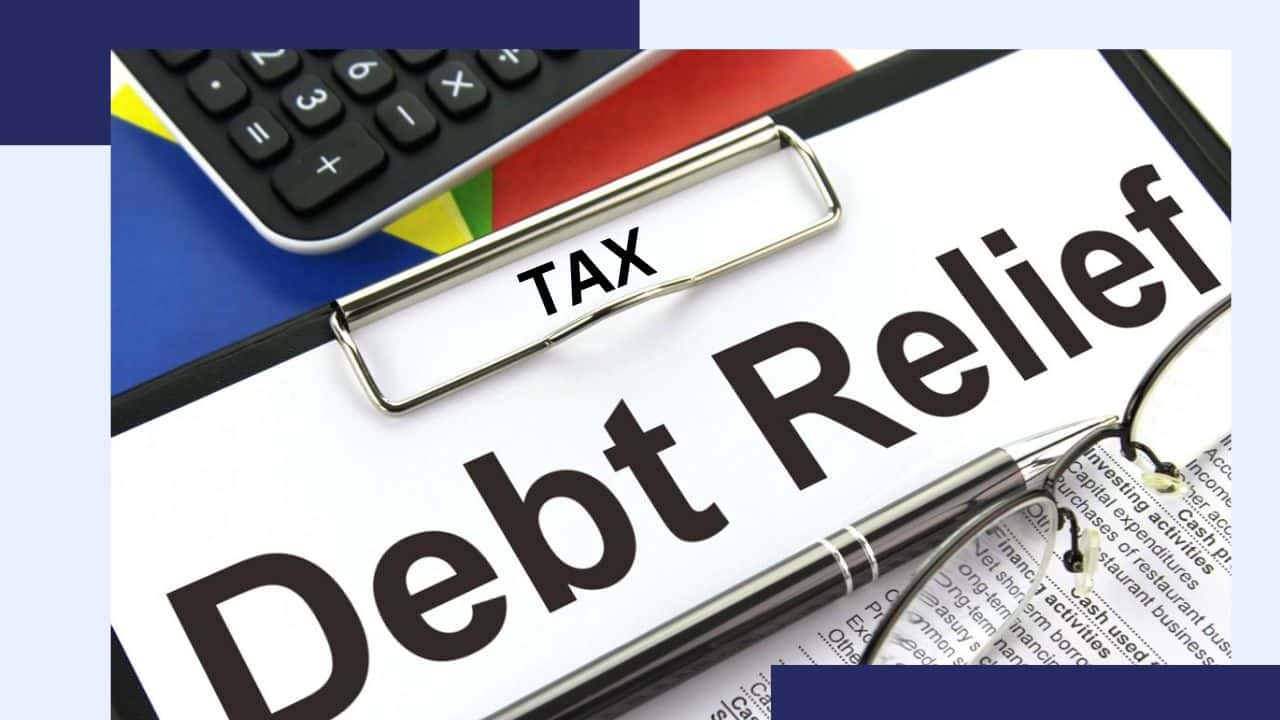Dealing with back taxes can be a daunting task, but it’s a situation that many individuals and businesses find themselves in at some point. Whether it’s due to unexpected financial setbacks or simply neglecting to file your taxes, owing the IRS can lead to a lot of stress. In this comprehensive guide, we will explore effective strategies for handling back taxes and finding tax debt relief.
Understanding Back Taxes
What Are Back Taxes?
Before we dive into solutions, let’s define what back taxes are. Back taxes refer to the taxes you owe but have not paid on time. This can result from under reporting income, failing to file tax returns or errors in previous tax filings.
Consequences of Back Taxes
It’s essential to understand the consequences of having unpaid taxes. The IRS can impose penalties, and interest charges, and even seize your assets to recover the owed amount. Ignoring back taxes can lead to serious financial trouble.
Assessing Your Tax Debt
Calculate Your Total Debt
To start addressing your back taxes, you need to determine the exact amount you owe. This includes the principal tax amount, penalties, and interest. Gathering all relevant tax documents is crucial for accurate calculations.
Review Your Tax Returns
Carefully review your previous tax returns to ensure they are accurate. Identify any mistakes or discrepancies that might have contributed to your tax debt. Correcting these errors can help reduce your overall liability.
Exploring Tax Debt Relief Options
Offer in Compromise (OIC)
The IRS presents an opportunity known as an Offer in Compromise, providing individuals with the option to resolve their tax debt by paying an amount less than the total owed. This program aims to alleviate the burden of tax liabilities while preserving the essence of your original obligation.
To qualify, you must demonstrate financial hardship or doubt that you can pay the full debt. The IRS will assess your ability to pay and may accept a reduced amount.
Installment Agreement
If you cannot pay your tax debt in full, you can set up an installment agreement with the IRS. This allows you to make monthly payments until the debt is paid off. It’s essential to negotiate favorable terms to ensure manageable payments. The IRS provides two options: a short-term payment plan and a long-term payment plan.
Short-Term Payment Plan
This plan allows you to pay off your tax debt in 180 days or less. You won’t incur any setup fees, but penalties and interest will continue to accrue until the balance is paid in full.
Long-Term Payment Plan
If you need more than 180 days to pay off your debt, this option allows for monthly payments over a longer period. However, a setup fee will apply, and you may need to provide detailed financial information to qualify.
Currently not collectible (CNC)
If you’re facing financial hardship and unable to meet your tax obligations, the IRS may designate your account as Currently Not Collectible. As a result, the IRS will temporarily halt collection activities until your financial situation shows signs of improvement.
Preventing Future Tax Issues
Stay Organized
To avoid falling into the back taxes trap again, stay organized throughout the year. Keep detailed records of your income, expenses, and deductions. This will make tax preparation more straightforward.
File on Time
One of the most common reasons for accruing back taxes is failing to file tax returns. Make it a priority to file your taxes on time each year. If you can’t meet the deadline, request an extension to avoid penalties.
Seek Professional Help
If you find yourself struggling with tax debt, seeking professional help is a smart step to take. The intricacies of tax laws can be overwhelming, and negotiating with the IRS can seem like a daunting task. That’s where tax professionals and attorneys experienced in tax debt relief come in.
Companies like Ideal Tax can guide you through the process and advocate for you to find the best solution for your situation. Whether it’s an IRS debt relief forgiveness program like an Installment Agreement or an Offer in Compromise (OIC), their expertise can make all the difference. Consider reaching out to Ideal Tax to help you navigate these challenges and get back on track financially.
Conclusion
Handling back taxes and seeking tax debt relief is a challenging but necessary process. By understanding the consequences, assessing your debt, and exploring the available options, you can regain control of your financial situation. Remember that seeking professional assistance when needed can make a significant difference.
Stay organized, file on time, and prioritize addressing your tax debt to avoid future issues. With these strategies in mind, you can successfully handle back taxes and achieve much-needed relief. So don’t let fear or stress hold you back; take action today to find the best solution for your tax debt.
Remember that with the right approach and expert help from Ideal Tax, you can overcome this obstacle and achieve a more secure financial future.














































